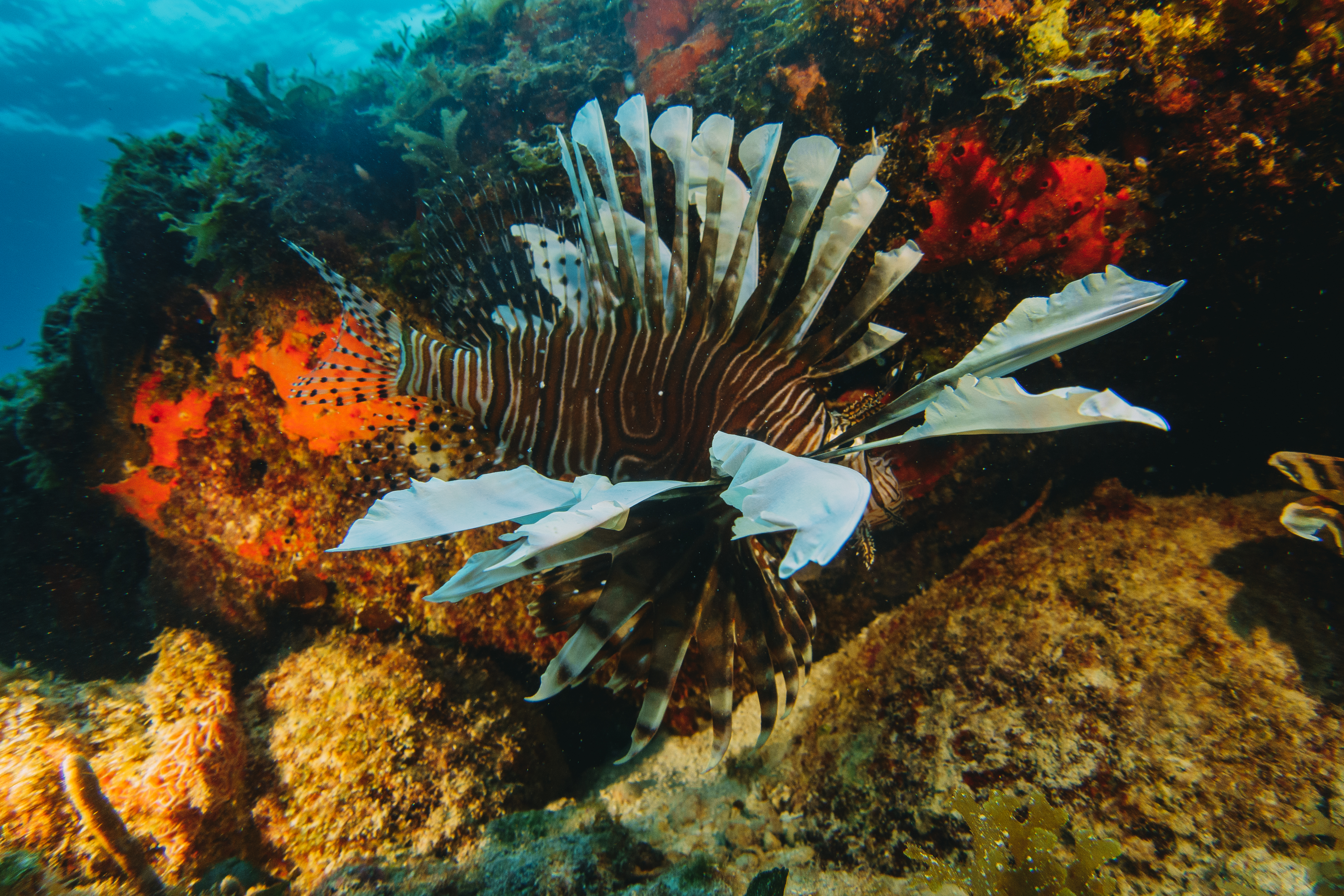The ocean is quite literally full of unknowns. In fact, 80% of it is not yet explored! Given this, it is easy to imagine there are a multitude of underwater species we have yet to discover.
However, even among the discovered species, some are rare for humans to ever see. Let’s go over some of those elusive creatures.
· Blue-Ringed Octopus
A particularly rare, and small, type of octopus is also one of the most vibrant in appearance. The name comes from the bright blue rings that cover the yellow body of the octopus. This species is found in the Pacific and Indian oceans from Japan to Australia.
Technically, all octopus species are venomous to humans. However, most are not so venomous that they are lethal. They contain a powerful neurotoxin that is deadly to humans within a matter of minutes! So if you ever see an octopus with blue rings, refrain from touching it.
In fact, this is a good rule of thumb in nature: The more brightly colored an animal, whether on land or in the ocean, the more likely they are poisonous.
· Giant Japanese Spider Crab
I think most of us know what a crab looks like, but this one is totally unique and unlike a normal little crab we imagine scuttling across a sandy beach. The Giant Japanese Spider Crab lives in the oceans surrounding Japan and is the largest of all arthropod species! If you measure them from one claw to the other, you might find their span to be 12 feet!
While they are sometimes caught by fishermen for food, there are also conservation efforts to protect the Giant Japanese Spider Crab. Although they are naturally found in Japan, some aquariums are home to these crabs, so you have a chance at seeing one face to face.
· Fangtooth
The fangtooth is a species of fish that lives in the deep sea, AKA the deepest, darkest depths of the ocean. They can be found around the world, one such location is off the Australian coast. They get their name from their disproportionately large fangs; their bodies are fairly small.
Despite the menacing name and their huge fangs, these fish are not a threat to humans. Of course you are also unlikely to encounter one given that they live so far below the surface of the water. They do travel upwards at night to feed, though (on other fish, that is)!
· Gulper Eel
You might think of an eel’s appearance as something like an underwater snake, which is fair. But the gulper eel looks like no other, with a huge mouth that can swallow objects and species larger than itself!
Another name for the gulper eel is the pelican eel, so named because its huge mouth resembles the large beak of a pelican. These eels are found in every ocean, preferring tropical and temperate zones. They typically reside very deep below the surface, however, which is why humans rarely come into contact with them.
· Vampire Squid
The vampire squid is another dweller of the deep-sea, but more extreme. They live in very deep regions called “oxygen minimum zones”, which are normally unable to support complex lifeforms due to the low oxygen availability. The vampire squid defies this, living in such harsh areas naturally.
Their 8 arms are connected by a webbing that almost appears like a huge cloak, reminiscent of classic vampire attire, hence their name. This species of squid has only been found in the tropics and subtropics, and it is believed these are the only locations they naturally reside in.
